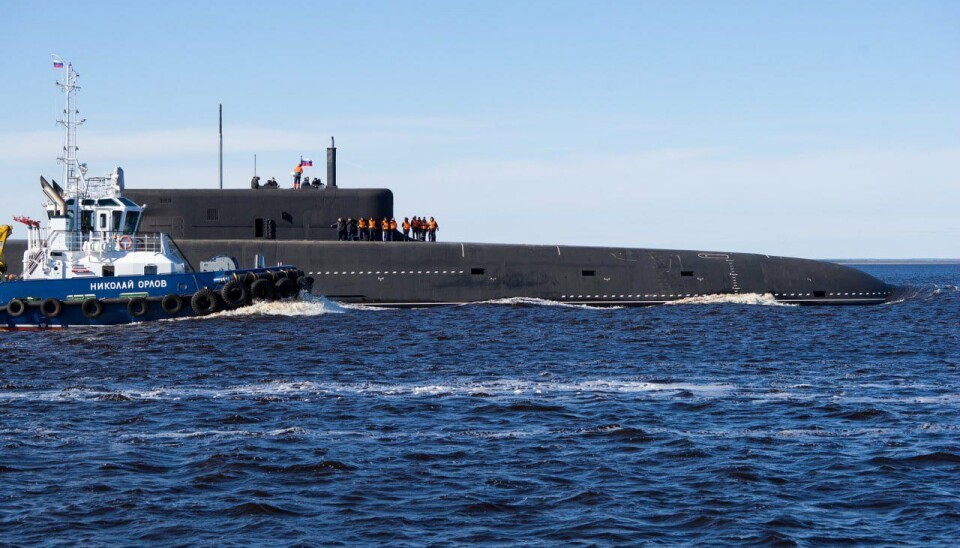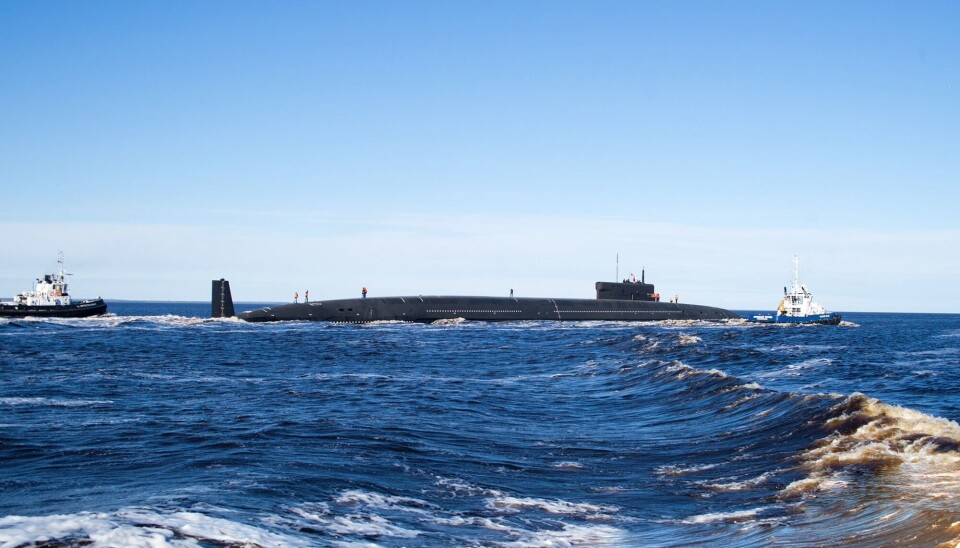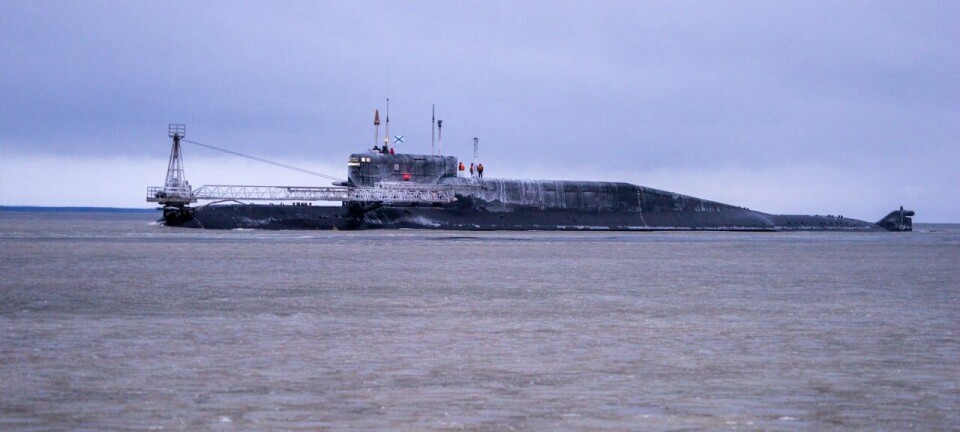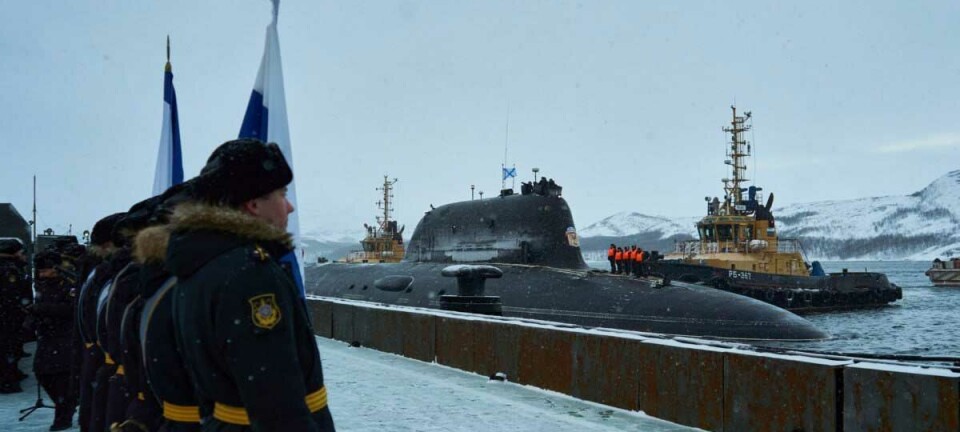
Russia's naval nuclear weapons upgrade nearly completed. Here comes the latest missile carrier for Arctic patrols.
The Northern Fleet will with the new submarine significantly strengthen its role in Russia’s naval nuclear deterrence. The Knyaz Pozharsky carries up to 16 Bulava missiles, each armed with four to six nuclear warheads.
The new Borei-A class ballistic missile submarine was supposed to be handed over to the navy last year, but both the construction and planned sea trials took longer than expected.
It is not immediately clear what mission the submarine is up to when it this week sailed out of Severodvinsk, but normally a new Borei-A- class vessel will have to conduct a launch of its main weapon, the Bulava-missile, before it can be put on active duty and sail deterrence patrols.
No successful launches are previously reported from the Knyaz Pozharsky after the submarine was rolled out of the shiphall at the Sevmash yard in Severodvinsk in early 2024.
The submarine will be the second Borei-A class sailing with the Northern Fleet after Knyaz Vladimir came in 2020. The prototype ship, Yuri Dolgoruky, is currently in for mid-life upgrades including change of uranium fuel elements at the Zvezdockha yard in Severodvinsk. That work started in 2024 and can take another year or two.

When the Knyaz Pozharsky is included to the navy will the Northern Fleet significantly strengthens its role in the Kremlin's naval nuclear warfare capabilities. After the war on Ukraine started in 2014, Russia has given priority to the strengthen the Pacific Fleet over the Northern Fleet. Five of the new Borei-A class vessels are sent to the the Far East where the submarines more easily can dive into deeper Pacific waters and hide from US sub hunters in case of escalating tensions.
From the homeport Gadzhievo on the Kola Peninsula, the Northern Fleet's ballistic missile carriers will have to sail across the shallow Barents Sea for at least 24 hours before they can hide under the sea-ice in the deeper Arctic Ocean. In other words, the Northern Fleet's nuclear deterrence could be more vulnerable than the current Pacific Fleet's capacities.
The Northern Fleet still have more 3rd generation ballistic missile subs (five Delta-IV) than new 4th generation (three Borei- Borei-A).
On June 13, the Nuclear Notebook's 2025 update on Russian nuclear weapons was published in the Bulletin of the Atomic Scientists.
The comprehensive insight concludes that Russia is nearing the completion of a decades-long effort to replace all of its strategic and non-strategic nuclear-capable systems with newer versions.
The authors of the report estimate that as of early 2025, Russia has a stockpile of some 4,309 nuclear warheads assigned for use by long-range strategic launchers and shorter-range tactical nuclear forces.
The latter is of particular concern along the country’s western border, both in regards to possible deployment on the Iskander missile systems, but even more worrying is tactical nuclear warheads aimed for the Northern Fleet’s three multi-purpose submarines of the Yasen / Yasen-M class that are based in Zapadnaya Litsa, a short 65 km from Russia's border with Norway on the Barents Sea coast.
According to the Notebook, 1,718 strategic warheads are deployed, of which 640 are on submarine based missiles in the Pacific Fleet and the Northern Fleet. Another 1,114 strategic warheads are in storages, along with about 1,477 non-strategic warheads.
The New START treaty, limiting the number of U.S. and Russian strategic nuclear warheads and launchers, expires in February 2026.
After that, the scientists behind the Nuclear Notebook warn , could Russia decide to exceed the central limits of the treaty, theoretically upload hundreds of warheads onto its deployed delivery systems, potentially increasing its deployed nuclear arsenal by up to 60 percent.
More on nuclear submarines




















